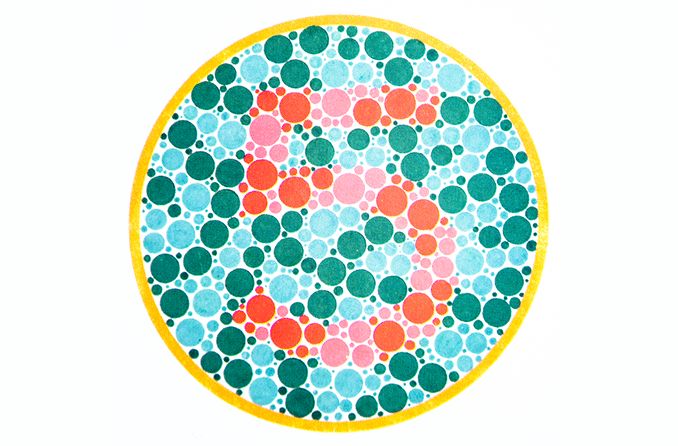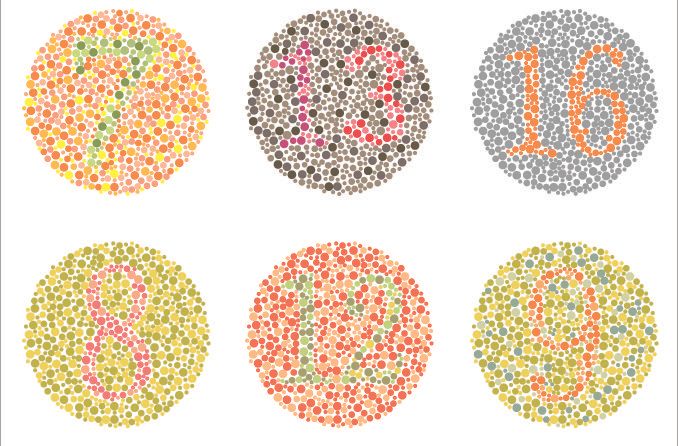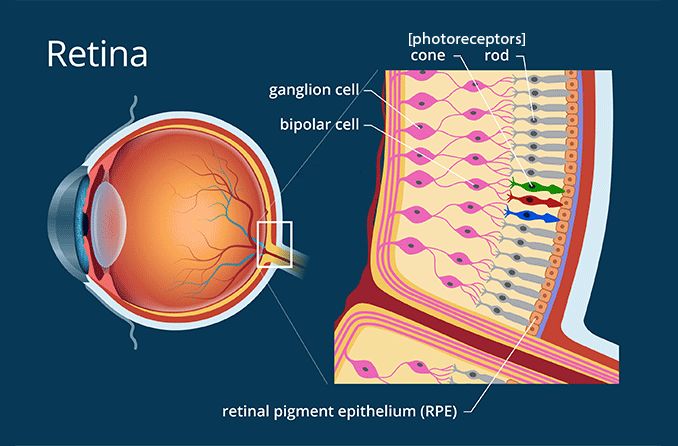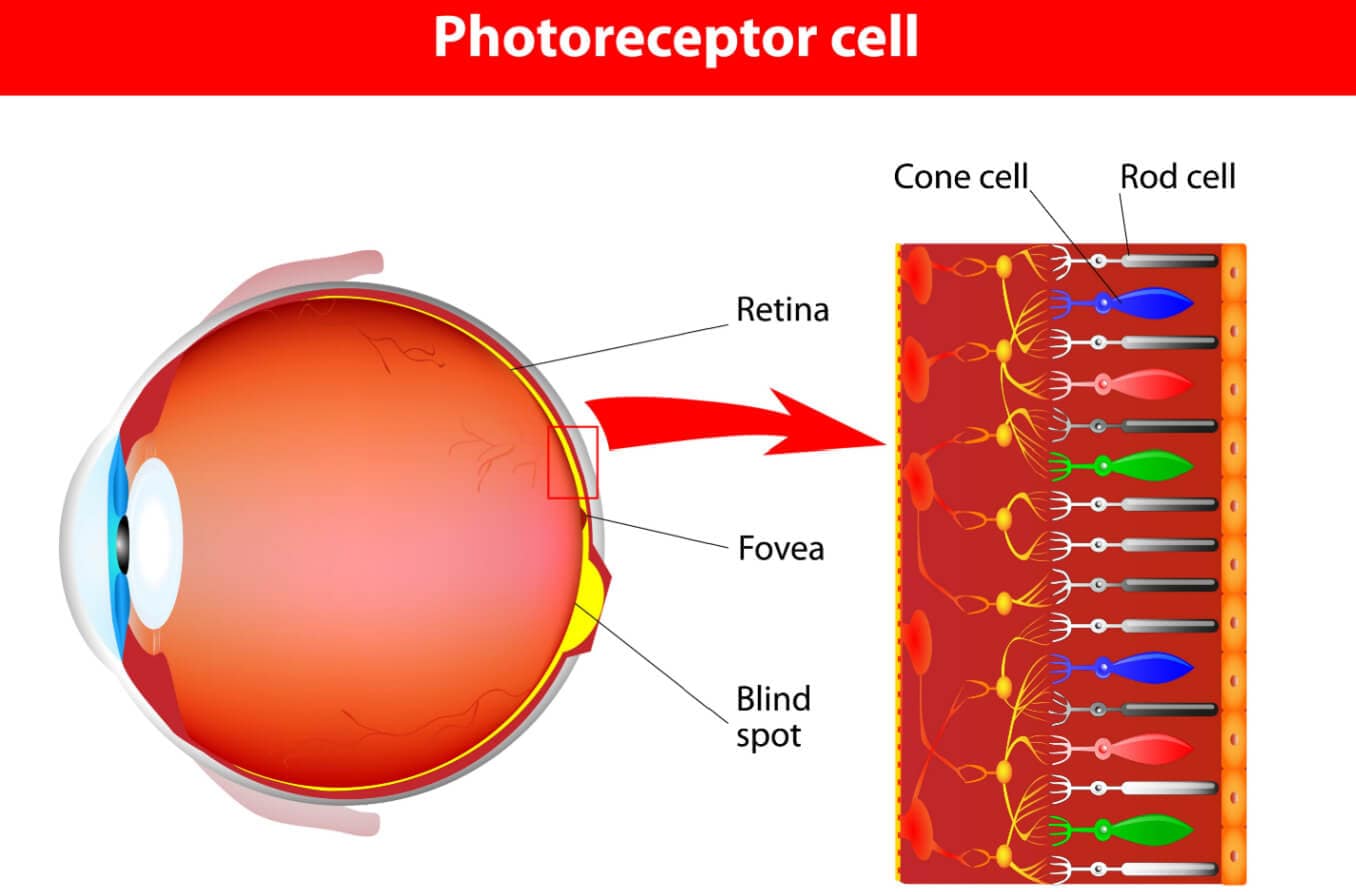Is Red-Green Color Blindness Hereditary?
Red-green color blindness is the most common inherited form of color vision deficiency. It is caused by a fairly common X-linked recessive gene.

Mothers have an X-X pairing of chromosomes carrying genetic material, and fathers have an X-Y pairing of chromosomes. A mother and father each contribute chromosomes that determine the sex of their baby.
When an X chromosome from one parent pairs with an X chromosome from the other parent, the baby will be a girl. And when an X chromosome from the mother pairs with a Y chromosome from the father, the baby will be a boy.
If you have red-green color blindness caused by an X-linked recessive gene, your mother will be a carrier of the gene or be color deficient herself.
Fathers with this inherited form of red-green color blindness pass the X-linked gene to their daughters but not to their sons, because a son cannot receive X-linked genetic material from his father.
A daughter who inherits the color-deficient gene from her father will be a carrier of the gene but she will not be colorblind — unless her mother carries the gene, and she receives a paired color-deficient gene from her mother as well. If a daughter inherits the X-linked trait from both her father and her mother, then she will be color blind.
When a mother passes along this X-linked trait to her son, he will inherit the color vision deficiency and have trouble distinguishing reds and greens.
Again, a daughter can be a carrier but will have this form of color blindness herself only when both her father and mother pass along the X-linked gene. This is why more men than women are color blind.
READ NEXT: Types of color blindness











